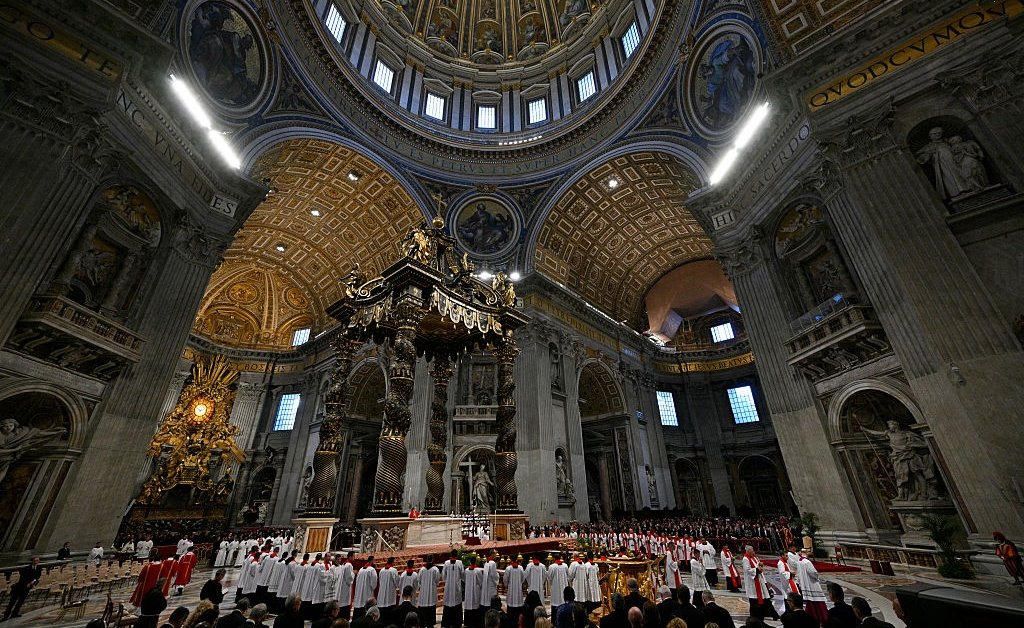Easter Sunday's Date: Unraveling the Mystery Behind the Moving Holiday
Editor's Note: This article explores the fascinating history and astronomical calculations behind the shifting date of Easter Sunday.
Introduction: Why does Easter Sunday hop around the calendar each year? Unlike Christmas, which falls on the same date every year, Easter's date is a moving target. This seemingly simple question leads us down a rabbit hole of lunar cycles, ecclesiastical rules, and centuries of tradition. This article delves into the fascinating reasons behind Easter's fluctuating date, exploring the historical context and the astronomical calculations that determine its annual observance.
Why This Topic Matters: Understanding the date of Easter is more than just a matter of scheduling family gatherings. It's a window into a rich history spanning centuries, connecting us to the Christian faith and its ancient roots. For those interested in astronomy, calendar systems, and religious history, this is a captivating exploration of how tradition and celestial events intertwine. This knowledge also helps in understanding the complexities of the Gregorian calendar and its impact on religious observances.
Key Takeaways:
| Point | Explanation |
|---|---|
| Lunar Connection | Easter's date is tied to the lunar cycle. |
| Council of Nicaea | The Council of Nicaea (325 AD) established key rules for calculating Easter. |
| Full Moon & Equinox | Easter falls on the first Sunday after the first full moon following the spring equinox. |
| Gregorian Calendar | The Gregorian calendar influences Easter's date calculations. |
| Complex Calculations | Determining Easter's date involves sophisticated astronomical calculations. |
1. Easter Sunday's Date: A Historical Perspective
Introduction: The date of Easter is not arbitrarily chosen; it's rooted in deep historical and religious significance. The early Church debated extensively on the appropriate date, eventually leading to the Council of Nicaea's pivotal decision in 325 AD.
Key Aspects: The Council of Nicaea aimed to standardize the date of Easter across the Christian world, unifying celebrations and preventing the discrepancies that had arisen due to diverse regional practices. This standardization was a crucial step in establishing a more unified Christian faith.
Detailed Analysis: The council decreed that Easter should be celebrated on the Sunday following the first full moon after the spring equinox (the Northern Hemisphere's spring equinox, usually around March 20th or 21st). This connection to the lunar cycle reflects the ancient association of the moon with new beginnings and rebirth, symbolic themes central to Easter's meaning. The complexities of accurately determining the full moon and equinox led to ongoing refinements in calculation methods over the centuries, culminating in the adoption of the Gregorian calendar.
2. Interactive Elements on Easter's Date
Introduction: While the calculation might seem complex, several online tools and calculators now offer easy ways to determine Easter's date for any year.
Facets: The availability of these tools allows users to interactively explore the history and mechanics of the calculation. These tools often display the relevant astronomical events and demonstrate how the date is determined based on the Gregorian calendar rules. This interactive aspect significantly enhances understanding.
Summary: The accessibility of online resources makes exploring the complexities of Easter's date far more engaging and accessible than relying solely on static descriptions.
3. Advanced Insights on Easter's Date
Introduction: Understanding the nuances of the calculation involves delving into the details of the Gregorian calendar and its historical context.
Further Analysis: The Gregorian calendar's adoption in 1582 aimed to correct inaccuracies in the Julian calendar, leading to a more accurate alignment of the calendar with the solar year. This refinement also influenced the calculation of Easter's date, ensuring greater accuracy over time. The intricacies of leap years and the complexities of aligning lunar and solar cycles play a vital role in the overall calculation.
Closing: Mastering the nuances of Easter's date calculation requires appreciation of the historical evolution of calendar systems and their astronomical underpinnings.
People Also Ask (NLP-Friendly Answers):
Q1: What is Easter Sunday? A: Easter Sunday is the most important holiday in the Christian liturgical year, commemorating the resurrection of Jesus Christ.
Q2: Why is Easter's date important? A: Easter's date is important because it's a central element of the Christian faith and influences numerous other religious and cultural observances.
Q3: How can Easter's date benefit me? A: Understanding the reasoning behind Easter's date enriches your appreciation for religious history, astronomy, and calendar systems.
Q4: What are the main challenges with calculating Easter's date? A: The main challenges lie in the complex interaction of lunar and solar cycles and the historical evolution of the calendar.
Q5: How to find out the date of Easter for a specific year? A: Use an online Easter date calculator or consult a calendar that includes religious holidays.
Practical Tips for Determining Easter's Date:
Introduction: While complex, calculating Easter's date is now easily accessible.
Tips:
- Use online Easter date calculators.
- Consult a religious calendar.
- Understand the basic principles: full moon after the spring equinox.
- Learn about the Gregorian calendar.
- Explore historical context (Council of Nicaea).
Summary: With readily available tools and a basic understanding of the principles, determining Easter's date is far more manageable than it initially appears.
Transition: Now that we understand the mechanics, let's reflect on the enduring significance of this moving holiday.
Summary: Easter Sunday's date is a testament to the interplay of religious tradition, astronomical calculations, and the historical evolution of calendar systems. Its seemingly simple shift each year reveals a rich history and a fascinating interplay of celestial events and faith.
Call to Action: Ready to explore more about the fascinating history of the Christian calendar? Subscribe for more insights into religious holidays and their significance!

